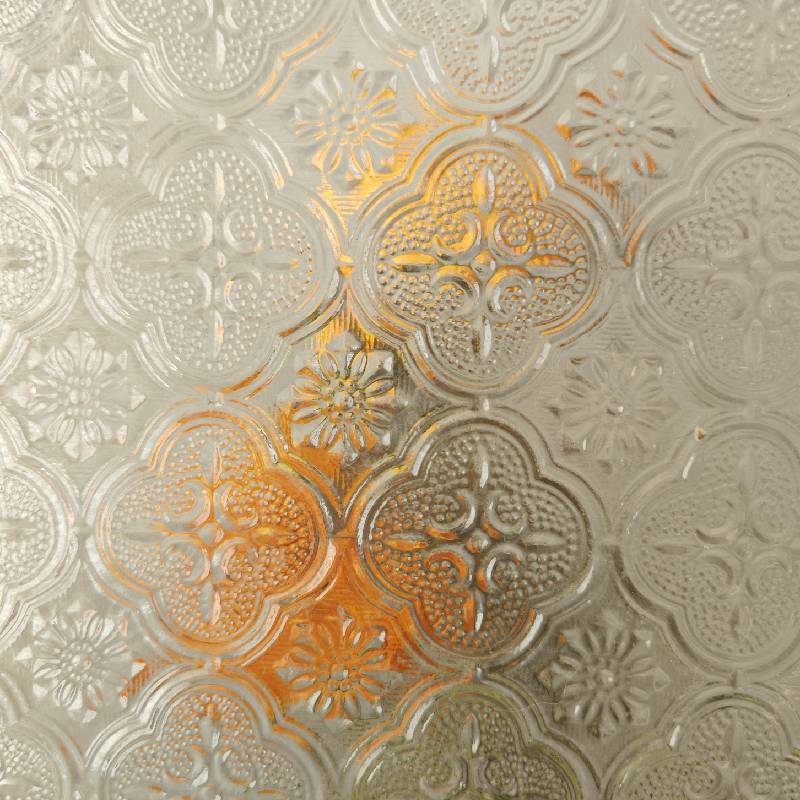

The Cost of Glass A Comprehensive Overview
In today's world, glass is an integral part of various industries and daily life. From windows and containers to intricate designs in architecture and art, the applications of glass are vast and diverse. However, understanding the cost of glass—its production, transportation, and purchase—requires a deep dive into several factors influencing these costs.
The Production Process
The cost of glass starts with its production. Traditional glass manufacturing involves a mixture of silica sand, soda ash, and limestone, which are heated to extremely high temperatures, typically around 1,700 degrees Celsius (3,092 degrees Fahrenheit). This energy-intensive process is one of the primary elements affecting the price of glass. The soaring energy prices significantly impact production costs, forcing manufacturers to either absorb these costs or pass them on to consumers, leading to increased prices.
Moreover, the type of glass produced significantly affects costs. For instance, standard glass can be relatively inexpensive, while specialized types such as tempered glass or laminated glass—often used for safety in buildings and vehicles—command higher prices due to their manufacturing complexity and the raw materials involved. The additional processes required for these specialized glasses, like tempering or lamination, add layers of cost that ultimately influence consumer pricing.
Sourcing Raw Materials
Another critical factor in determining glass costs is the sourcing of raw materials. The price volatility of silica sand, soda ash, and limestone can directly affect glass manufacturing. An increase in demand for these raw materials—potentially due to heightened glass production in developing countries—can lead to scarcity and higher prices. Fluctuations in transportation costs for these materials, influenced by global fuel prices and logistics challenges, further complicate the picture.
Environmental regulations also play a significant role. Stringent regulations on extraction and processing can inflate costs. Manufacturers might need to implement more sustainable practices—such as using recycled materials—leading to increased expenses, which again translates to higher prices for consumers.

Transportation and Logistics
Transportation costs are another critical component of glass pricing. Glass is a fragile material, necessitating careful handling and transport methods to prevent breakage. These additional precautions can increase logistics costs. If transport routes are disrupted—whether due to natural disasters, political instability, or trade restrictions—these logistics challenges can lead to delays and increased expenses, thus impacting the market price of glass.
The geographical location of production facilities also influences costs. Manufacturing glass in regions closer to its raw material sources can help reduce transportation expenses. Conversely, in areas where glass products are in demand but production is distant, shipping costs can dramatically inflate the retail price of glass products.
Market Demand and Trends
Market demand is a powerful force shaping the cost of glass. With rising trends in green building and energy efficiency, there’s an increasing demand for high-performance glass, such as low-emissivity (low-E) coatings that improve energy efficiency in buildings. While such technological advancements offer long-term savings on energy bills, they come with higher initial costs that could be a barrier for some consumers.
Additionally, the COVID-19 pandemic led to supply chain disruptions which caused significant shortages in various materials, including glass. This scarcity, coupled with recovering demand as economies reopened, has created inflationary pressures on glass prices. The overall trend toward renovation and home improvement has also driven up demand, further complicating the pricing landscape.
Conclusion
In conclusion, the cost of glass is influenced by a variety of factors encompassing production expenses, sourcing of materials, transport logistics, and market demand. As industries continue to innovate and the demand for glass evolves, understanding these dynamics becomes crucial for both consumers and industry stakeholders. As we look towards a future that increasingly prioritizes sustainability and efficiency, the glass industry will undoubtedly adapt, but not without impacts on pricing structures. Embracing recycling, improving energy efficiency, and optimizing supply chains will be essential steps moving forward, balancing cost with the need for innovation and sustainability in our world.